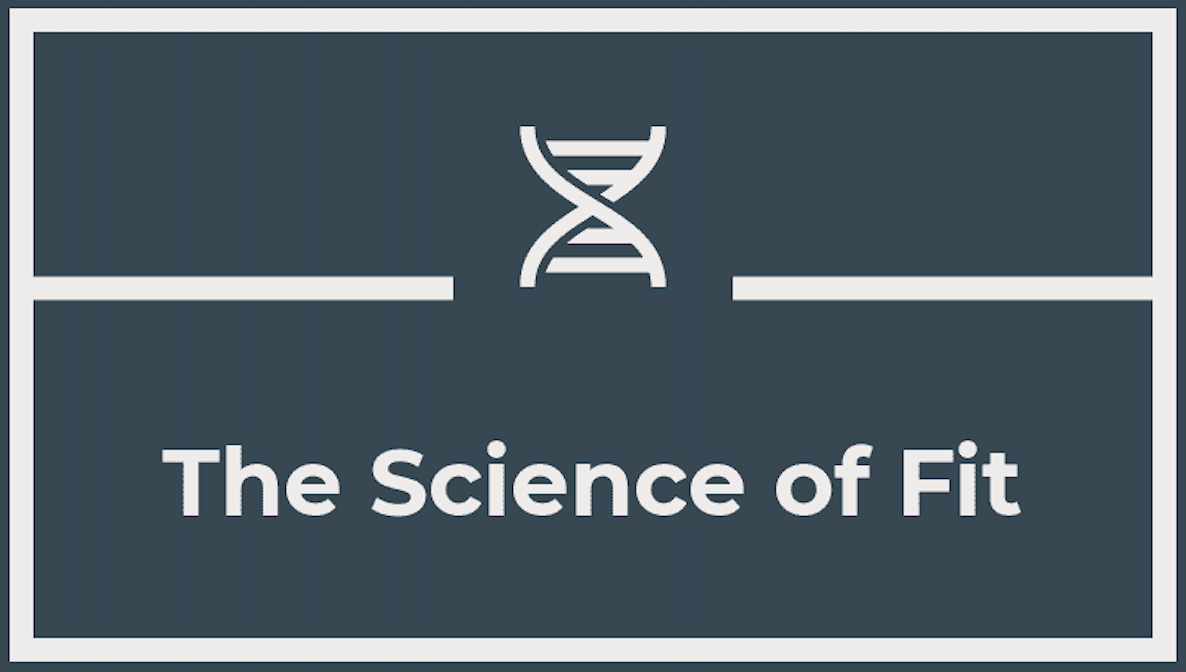The Impact and Importance of Glycemic Index on Metabolic Health
What is Glycemic Index and How is it Impacting you Everyday.

The glycemic index (GI) of foods is a critical factor influencing metabolic health. This article explores the role of GI in regulating blood glucose levels, its impact on metabolic diseases such as diabetes and obesity, and its broader implications for dietary planning and public health. By understanding the GI of foods, individuals can make informed dietary choices that promote long-term metabolic health.
Introduction
Metabolic health, encompassing the body's ability to maintain normal blood glucose levels, lipid profiles, and body weight, is a cornerstone of overall well-being. The glycemic index (GI) is a tool that categorizes carbohydrate-containing foods based on their potential to raise blood glucose levels. This article examines the scientific basis of the GI, its effects on metabolic processes, and its significance in managing and preventing metabolic disorders.
Understanding Complex Carbohydrates and the Glycemic Index
Complex Carbohydrates are long chains of sugar molecules that are found in foods like whole grains, legumes, and vegetables. They are digested more slowly than simple carbohydrates, providing a gradual and steady release of energy. This makes them beneficial for maintaining stable blood sugar levels.
Glycemic Index (GI) is a ranking system that measures how much a carbohydrate-containing food raises blood glucose levels compared to pure glucose, which has a GI of 100. Foods with a low GI (55 or less) are digested and absorbed more slowly, leading to a gradual rise in blood sugar levels. Foods with a high GI (70 or above) cause a rapid increase in blood sugar levels.
Comprehensive List of Complex Carbohydrate Foods and Their Glycemic Index
1. Whole Grains
- Oats (Rolled or Steel-cut): GI 55
- Brown Rice: GI 50
- Quinoa: GI 53
- Barley: GI 28
- Whole Wheat Bread: GI 69
- Buckwheat: GI 54
- Bulgur: GI 48
- Rye Bread: GI 55
2. Legumes
- Lentils: GI 32
- Chickpeas: GI 28
- Black Beans: GI 30
- Kidney Beans: GI 24
- Pinto Beans: GI 45
- Navy Beans: GI 31
- Green Peas: GI 48
3. Vegetables
- Sweet Potatoes: GI 44
- Carrots: GI 39
- Pumpkin: GI 75
- Squash: GI 51
- Parsnips: GI 52
4. Fruits
- Apples: GI 36
- Oranges: GI 43
- Bananas: GI 51
- Berries (Blueberries, Strawberries): GI 40-53
- Grapes: GI 59
- Pears: GI 38
5. Pasta
- Whole Wheat Pasta: GI 42
- Barley Pasta: GI 27
- Lentil Pasta: GI 24
6. Nuts and Seeds
- Almonds: GI 0 (very low in carbohydrates)
- Chia Seeds: GI 1
- Flaxseeds: GI 35
- Sunflower Seeds: GI 35
7. Dairy
- Milk: GI 31
- Yogurt (unsweetened): GI 14-23
- Cheese: GI 0 (minimal carbohydrates)
Impact on Blood Glucose Regulation
High-GI foods cause rapid spikes in blood glucose levels, followed by sharp declines, which can lead to increased hunger and overeating. In contrast, low-GI foods result in a slower, more sustained release of glucose, promoting satiety and stable energy levels. This regulation of blood glucose is crucial for individuals with insulin resistance or diabetes, as it helps maintain glycemic control and reduces the risk of hyperglycemia and hypoglycemia.
Role in Metabolic Health
1. Diabetes Management and Prevention: Numerous studies have demonstrated that low-GI diets improve glycemic control in people with diabetes. By reducing postprandial glucose spikes, these diets can lower HbA1c levels, a marker of long-term blood glucose control. Additionally, low-GI diets may reduce the risk of developing type 2 diabetes by improving insulin sensitivity and reducing insulin demand.
2. Weight Management: High-GI foods are associated with increased hunger and higher caloric intake, contributing to weight gain and obesity. Conversely, low-GI foods enhance satiety and reduce overall food intake, aiding in weight management and obesity prevention. A diet rich in low-GI foods can help individuals achieve and maintain a healthy weight, thereby reducing the risk of obesity-related metabolic disorders.
3. Cardiovascular Health: Metabolic health extends beyond glucose regulation to include lipid profiles and cardiovascular health. Low-GI diets have been linked to improved lipid profiles, including lower levels of total and LDL cholesterol. These benefits, coupled with better blood glucose control and weight management, contribute to a reduced risk of cardiovascular diseases.
Broader Implications for Public Health
The importance of the glycemic index in metabolic health has broader implications for dietary guidelines and public health policies. Educating the public about the GI of foods can empower individuals to make healthier dietary choices. Incorporating low-GI foods into national dietary guidelines can help combat the rising prevalence of metabolic diseases such as diabetes and obesity.
Conclusion
The glycemic index is a valuable tool for understanding the impact of carbohydrate-containing foods on blood glucose levels and metabolic health. Low-GI diets offer significant benefits in managing and preventing metabolic diseases, including diabetes, obesity, and cardiovascular disorders. By prioritizing low-GI foods in dietary planning and public health initiatives, we can promote better metabolic health and improve overall well-being.
References
1. Jenkins, D. J., Wolever, T. M., Taylor, R. H., Barker, H., Fielden, H., Baldwin, J. M., ... & Goff, D. V. (1981). Glycemic index of foods: a physiological basis for carbohydrate exchange. *The American Journal of Clinical Nutrition, 34*(3), 362-366.
2. Ludwig, D. S. (2002). The glycemic index: physiological mechanisms relating to obesity, diabetes, and cardiovascular disease. *JAMA, 287*(18), 2414-2423.
3. Brand-Miller, J. C., Thomas, M., Swan, V., Ahmad, Z. I., Petocz, P., & Colagiuri, S. (2003). Physiological validation of the concept of glycemic load in lean young adults. *The Journal of Nutrition, 133*(9), 2728-2732.
4. Augustin, L. S., Kendall, C. W., Jenkins, D. J., Willett, W. C., Astrup, A., Barclay, A. W., ... & Brand-Miller, J. C. (2015). Glycemic index, glycemic load and glycemic response: an International Scientific Consensus Summit from the International Carbohydrate Quality Consortium (ICQC). *Nutrition, Metabolism and Cardiovascular Diseases, 25*(9), 795-815.
Fitness From Head to Toe
Contact Us
Contact Us
We will get back to you as soon as possible
Please try again later










